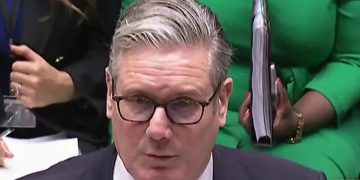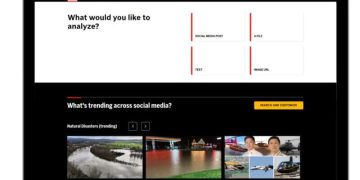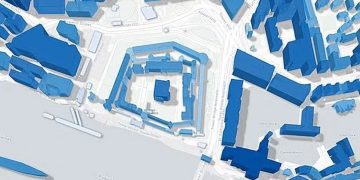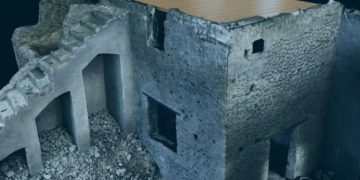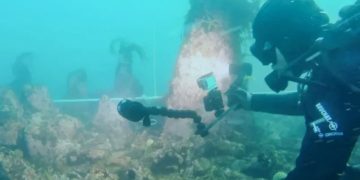I was a core team member for a large SAP S/4 HANA implementation in Europe’s large HVAC manufacturing company. My name is Tim Anderson, and I have over 30+ years of manufacturing experience. This was my first experience with SAP.
This article aims to share my mixed feelings about SAP’s solution and make others aware of its limitations and standard out-of-the-box solutions. Things might have changed now, but this is based on implementation in 2021-22.
What is ETO for us technically?
Any unique customer requirements when received if the SAP system cannot derive BOM components and routing operations/steps automatically either to 0 % or less than 10%. This means the System could derive only 10% or less of BOM component /Routing steps. This means 90% + design and hence heavily engineer dependent.
What are the key challenges in ETO?
It is very well recorded in Manufacturing Projects – SAP Engineer to Order (ETO) – Noveco (novecosystems.com)
- Preliminary engineering and design
- Cost estimation, tendering, and customer quotation
- Detailed concurrent engineering and design based on customer requirements
- Material requirements planning
- Resource and capacity planning and load balancing
- Procurement of sub-contracted services and materials
- Advance procurement of long lead items
- Production scheduling in relation to completion of engineering tasks and available capacities
- Production order execution coordinated by project dates and quantity requirements
- Forecasting of final estimated cost at completion, profits and revenues
- Engineering change management and project variations and issue management
- Customer billing
- Profit recognition
- Monthly reporting of project KPIs, progress, variations and issues
In ETO manufacturing, the quotation process must be based on cost estimation of the complex product structures, including engineering costs, costs of standard components and components to be designed and engineered, risks and contingencies, price escalations, etc. The cost estimation must be produced before MRP, and production orders are created and must be used as a basis for project budgets and revenue plan.
While customer-specific manufacturing is taking place, the large portions of work on the shop floor are usually associated with the manufacturing of standard components and assemblies that have no specific customer requirements.
Every ETO process usually includes make-to-order (MTO) and even make-to-stock (MTS). The degree between ETO, MTO, and MTS varies in different industries and companies.
Production orders of assemblies and sub-assemblies are scheduled and executed in coordination with project activities, which feed required quantity and completion dates down to the production order management system.
The completed project’s final cost includes cost of engineering and design, as well as production variances associated with the production of customer-specific production orders (ETO and MTO).
What does SAP suggest as best practice for ETO?
There are many topics related to ETO on help.sap.com. We found the following process flow closer to our requirements. We used Proman as suggested, and it is very useful.
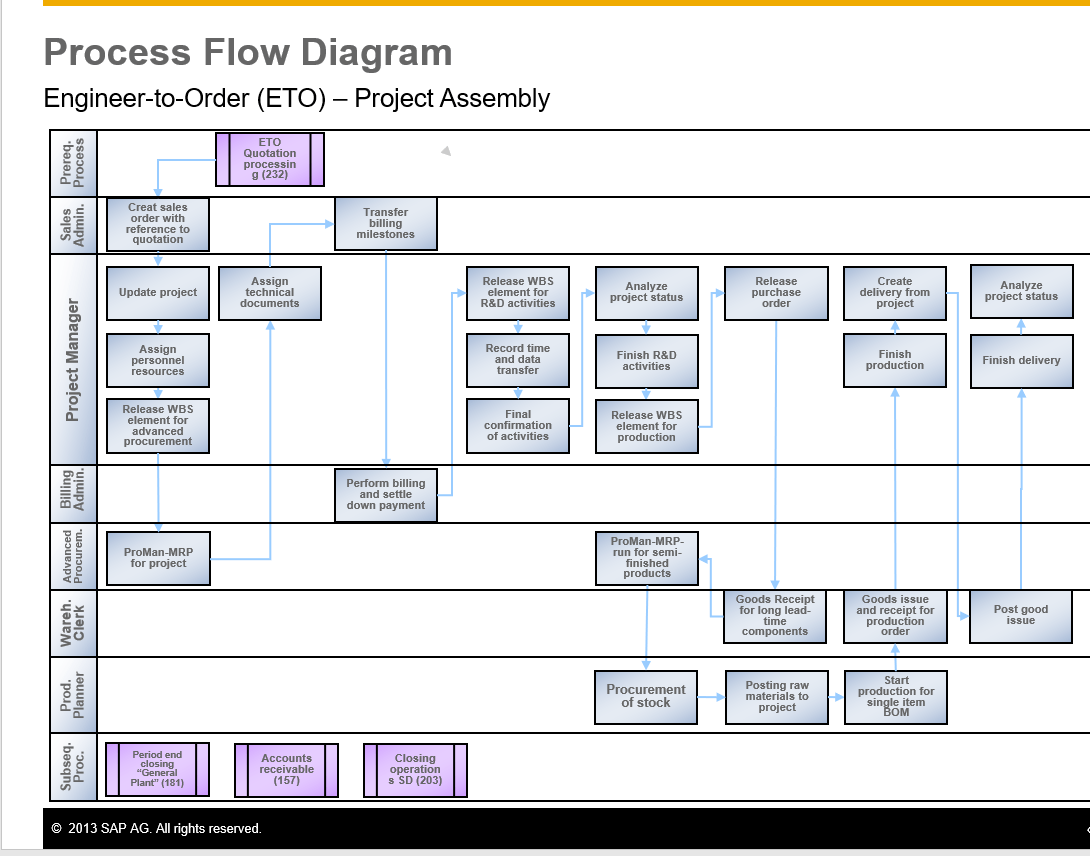
What was our solution?
The high-level process flow we adopted is as follows:

What did we like in SAP as out-of-box?
- BOM transfer functionality. In ETO, BOMs are released in various versions, and SAP has great functionality to transfer full/delta BOM to the project structure.
- Actual cost functionality. In SAP, you have the functionality to track Actual costs. Before manufacturing starts, Engineers book their time using the timesheet Fiori app linked to project WBS. Thus, you will get actual costs at various stages of the project (Usually long-running)
- Result Analysis (RA): Great feature to track and realize long-running projects.
- Great integration with sales, project systems, production, procurement, quality modules, and finance.
- Promon for procurement control and monitoring
- Long lead item planning
- Order change process.
What did we not like in SAP for ETO?
- Promising date calculation to customer. : Since the ETO product is not ready during the sales order stage, it is difficult to give a precise delivery date to the customer.
- We used project network templates with each ETO product (VC model), and the project end date was used as the promised delivery date.
- Sales order BOM, when edited, is not getting considered for later MRP runs – We did implement an SAP note and an enhancement
- SAP was dynamically producing new routing based on VC chars and was not considered for MRP. This was also handled through a note and enhancements.
- Not able to forecast planned cost in the beginning of the project since BOM/routing is not ready.Used Network/previous similar wbs and enhancement for planned cost calculation. In standard, the planned cost is auto-calculated based on project WBS cost until release.
What are the best resources on the internet to refer to SAP ETO solution?
- SAP best practices. SAP gives a lot of options. Hence, you may have to find your own solution based on these best practices.
- Found a research gate PDF very useful. Author Narasimha explains the solution clearly based on your landscape, license, and budget. We also found this very useful for our solution and adopted it. https://www.researchgate.net/publication/360781494_Engineer_to_Order_Approaches_in_SAP
- com /https:softengine.com/ www.fujitsu.com if you want to have a custom solution do go through these sites.


